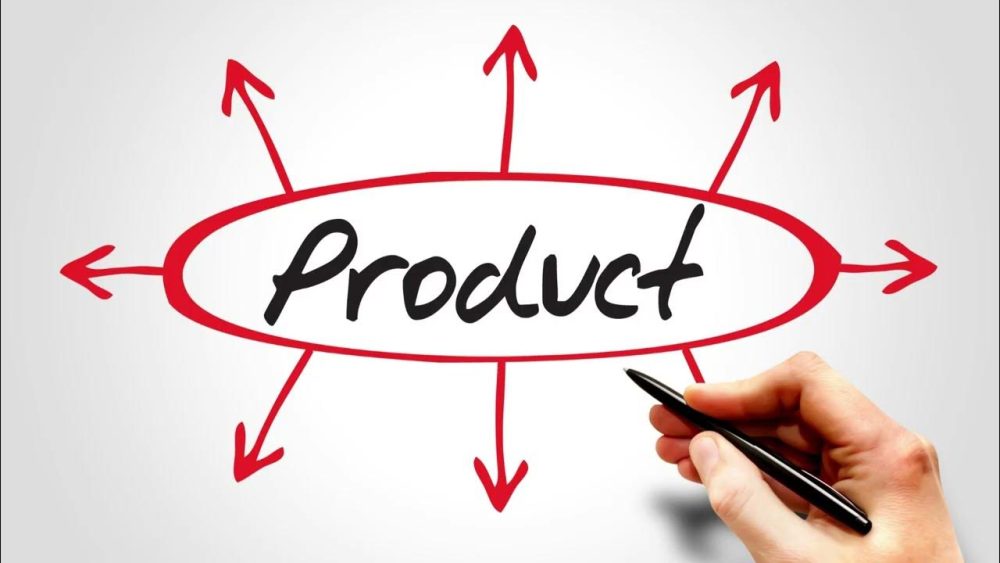Any company produces content: posts, articles, pages, landing pages, videos, webinars. However, only a part of the materials leads to inquiries, orders, contracts, or purchases. The rest work in vain, accumulating budget without returning investments. The ability to create material that convinces, explains, builds trust, and leads to action is a skill with a direct financial equivalent.
To understand how to create quality content, it is necessary to analyze its structure, impact, technical elements, and semantic load. The key is not in the format, but in the strategy: the material should solve a task. Selling means influencing, helping to choose, and prompting action.

How to create quality content: fundamental principles
Before creating any material, four questions need to be asked: why, for whom, when, and where. The answers form a technical task, determine the depth, language, structure, and call to action. Without this, even the most expensive production loses its meaning.
Parameters:
- Marketing goals of the content. Each element should work towards a goal: attraction, retention, warming up, conversion, or repeat purchase. One text does not solve all tasks. Content is created for a stage, not for intuition.
- Audience. Quality content is not universal. A successful text for a corporate director will not work for a student. Specifics are needed: profession, income level, expectations, pain points, information consumption habits.
- Format. Information is presented through text, video, audio, slides, tables, graphs. The choice depends on the environment. A carousel on Instagram requires compression, a blog article allows for elaboration, infographics require precise numbers.
Content that sells: key features
Material that influences behavior always has a structure. Inside it, there is logic, specificity, and value. Regardless of length and format, quality content adheres to a set of features, among which are:
-
Clarity – simple words, short sentences, clear conclusions.
-
Value – benefit for the user: savings, idea, life hack, tool.
-
Credibility – examples, numbers, calculations, tables, cases, diagrams.
-
Call to action – a clear direction: go, buy, subscribe, ask a question.
-
Uniqueness – new opinion, perspective, structure, approach, solution.
-
Timeliness – alignment with the season, information occasion, client situation.
How to create quality content: creation algorithm
Each format requires its own logic. However, the basic system is universal and yields results in any channel. Analysis of the stages through which any material goes:
- Researching the task. Before starting, the content strategist defines the goal, target audience, entry point, competitors, expectations, and triggers. This allows solving a specific task, not inventing. Content won’t sell without analysis.
- Structure development. Quality content always relies on a skeleton: introduction, key blocks, conclusion, call to action. In video – synopsis, in an article – table of contents, in a podcast – plan. Structure eliminates chaos.
- Formulating the key idea. Creating selling content starts with formulating one sentence where the essence is expressed: “You can save 30% per month if…”. This core is revisited in every paragraph.
- Prototype or draft. Before the final version, a rough layout is created. In text – a draft with blocks. In video – a storyboard. In a podcast – a script. The draft helps build logic, eliminate fluff, and identify weak points.
- Optimization. Quality material does not allow for excess. Reducing volume by 20%, checking for clichés, replacing repetitions, cleaning from banalities – a mandatory stage.
Formats that work: from text to video
Sales come not from the format, but from the meaning. However, each channel dictates its style. How to create quality content in the main types of materials:
- Articles. Effective for high average check, long decision-making, and complex products. Require texture, structure, specificity. Examples: legal services, consulting, medicine.
- Videos. Influence through emotions. Suitable for visual products: interior design, fashion, food, tourism. Effective in Reels, Shorts, TikTok. A quality video gives a reason to keep watching within the first 5 seconds.
- Podcasts. Suitable for expert warming up. Listened to while commuting, cleaning, walking. Important – voice, pause, rhythm, energy. Too academic speaker – a failure.
- Infographics. Used in complex topics. Turns a table into an image. Convenient in B2B, finance, education. Works when numbers are more important than text.
Top 7 techniques for creating selling content:
-
Pain method – point out the problem, explain the consequences, offer a solution. Formula: “If you don’t do X – Y will happen”.
-
AIDA model – Attention, Interest, Desire, Action. Capture attention, maintain interest, show benefits, call to action.
-
Customer story – real example of usage, result, quote. Works as social proof.
-
Solution comparison – show pros and cons of the product against competitors. Example: “Which CRM to choose – a comparison in 5 minutes”.
-
Continuous example – guide one hero through the entire material. Suitable for articles, case studies, landing pages.
-
Answering objections – anticipate doubt and counter it with an argument. For example: “Expensive? Here’s a cost breakdown per day”.
-
Checklist or cheat sheet – structured summary that users can save, download, print.
Content strategy: logic, not chaos
Creating selling content does not happen without a plan. One article is not a strategy. It is important to consider in what order and where to launch materials so they reinforce each other:
-
Content plan contains topics, dates, authors, formats, goals.
-
The year is divided into periods: season, launch, decline, finale.
-
Repetition – a mandatory tool. One meaning is revealed through different channels and approaches.
-
Retargeting reconnects readers through banners, emails, links.
Content strategy creates a funnel effect: the reader does not disappear but moves forward.
Criteria for quality content: how to check
Before publication, it is necessary to test the material. A simple check allows identifying errors:
-
Does it convey value?
-
Is it unique?
-
Is there specificity?
-
Is the call to action clear?
-
Does it consider the warming-up stage?

Only with an affirmative answer is it published. Only content that has passed the filter can sell.
Conclusion
Work content does not require genius. It requires understanding the goal, structure, customer pain, and action logic. Success comes not from inspiration but from discipline: research, plan, specificity, and clear meaning. How to create quality content: sales start where the fluff ends. Worthy material does not say “buy,” it explains, helps, and simplifies choice. Such content not only sells but also builds trust in the brand.



